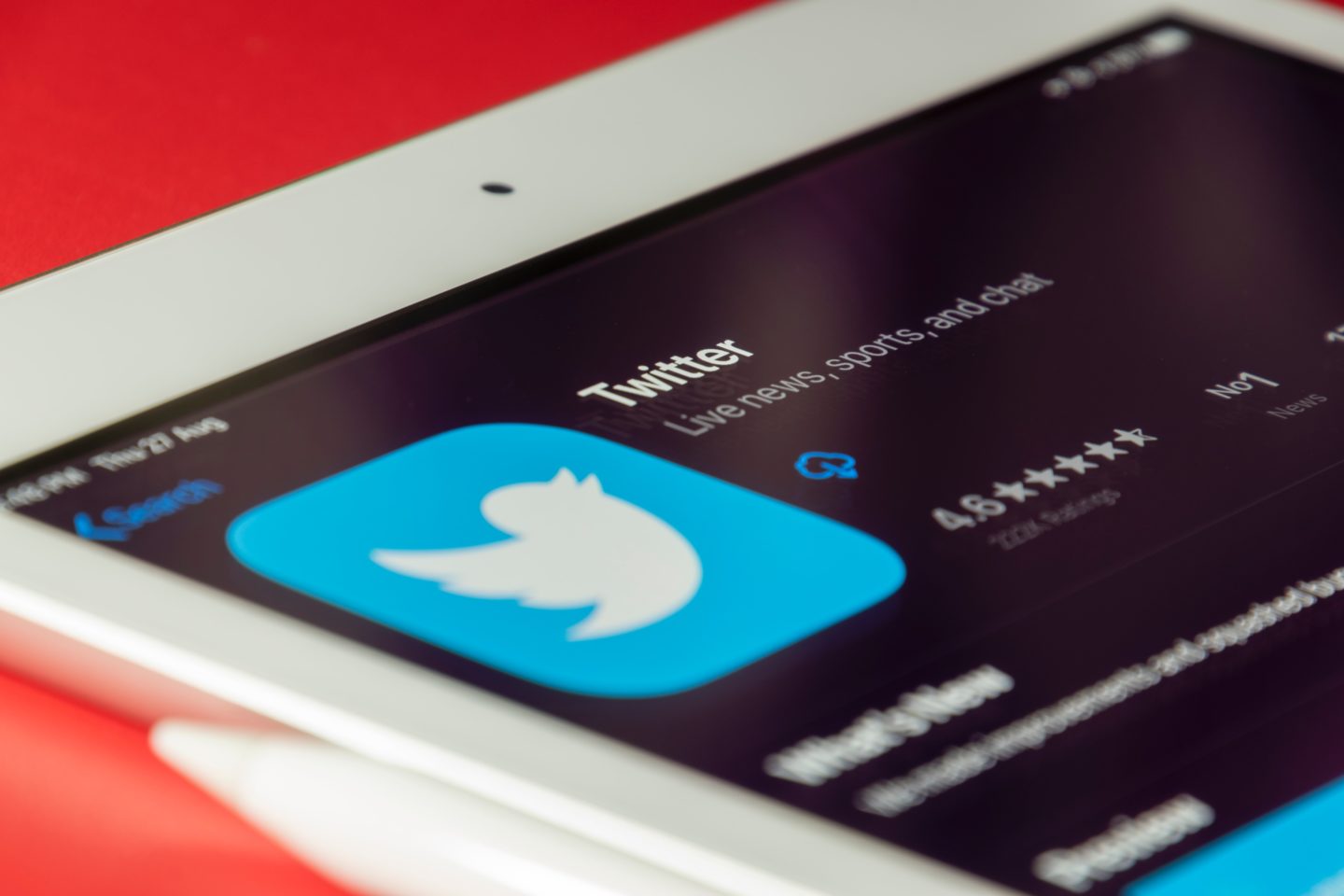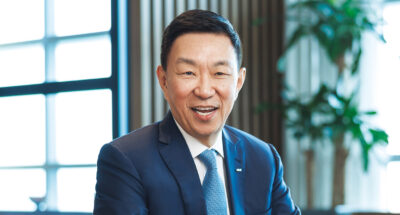Could Twitter become predominantly an entertainment channel? Users turn to Weibo and TikTok (the short-form video-sharing platform) for funny and diverting content as an alternative to news- and communication-driven channels. This offers brands opportunities to engage users when they are in a more relaxed and receptive mood. Moreover, this format would not mean that Twitter would need to dispense with its stock-in-trade of heated discussion and polemic: in some cases, exchanges on Weibo or TikTok arising from an incident or story have been so keenly followed that brands have integrated the trending words in their messages to earn additional exposure.
3. Diversify the format
Strategic diversification could allow Twitter both to reduce risk and boost sales growth.
While social media companies may be anxious about any change of focus from advertising, by diversifying its format Twitter could encourage users to stay on the app for longer.
Weibo, for instance, has employed video functions such as Miaopai, which provides users with a range of music and filters to enhance the videos that they upload to their microblogs. It has also released new live-streaming features that allow multiple users to broadcast at the same time. These initiatives have driven remarkable growth in active user numbers.
As a result, Weibo is able to generate 12% of revenue from valued-added services, including VIP memberships, live streaming, and game-related services.
4. Go in search of the super app
What if Twitter enabled users to do more than just tweet, retweet, and comment? Imagine if you could also use it to hail a taxi or transfer funds. WeChat in China and Grab in South-east Asia are great examples of “super apps,” one-stop shops offering multiple services through a single interface.
It may be too early for Twitter to move in this direction; significantly, it currently lacks a payment solution, a core piece of super app infrastructure. However, this does not mean it can’t be considered as a potential transformation path for the future.
But can Twitter deliver on these strategic shifts? It will take a while. In his short tenure to date, Musk has concentrated on “stopping the bleeding” using a pretty conventional cost reduction approach. He recently described Twitter as a “plane that is headed towards the ground at high speed with the engines on fire and controls that don’t work.” Currently, Twitter burns through $3bn a year. But the hard part starts now.
Soon, the plane will have a new pilot. Following the negative result of an open vote of Twitter users about whether he should continue as CEO, Musk has promised to appoint a new leader when he has found the right person. Until he does, however, it is just another problem for the beleaguered entrepreneur to deal with.
If any one of the strategies outlined above is to be implemented successfully, Twitter needs a committed (and resilient) leader. The pool of candidates will be limited, and it will require Musk, as owner, to adopt a more supportive, non-punitive, and hands-off approach. He may find that difficult, but the success of his $44bn investment could depend on him making the effort.







